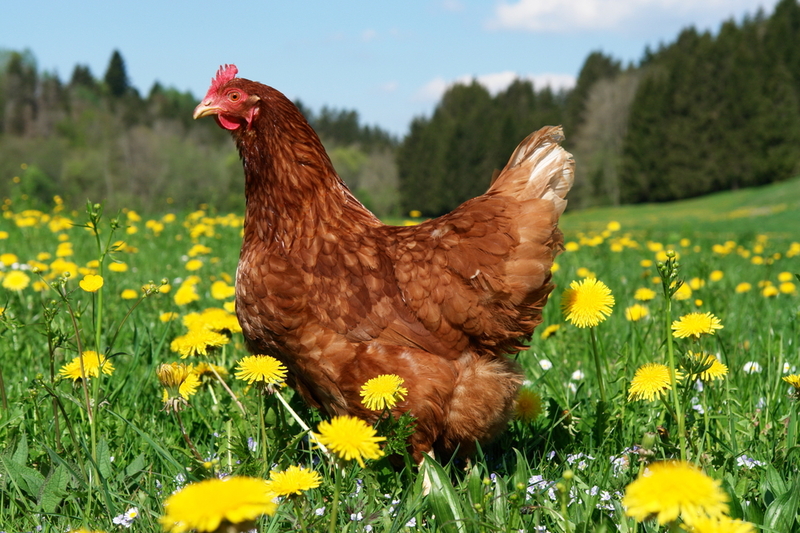Tomatoes are a demanding crop and fertilizer; therefore, it is worthwhile to pay special attention to this issue in order to get a rich harvest. Is it possible to fertilize them with poultry (chicken) droppings and how justified this feeding is in the article today.
Table of contents
Is bird droppings useful for tomatoes and cucumbers?
Tomatoes and cucumbers for good growth and development requires a sufficient amount of nitrogen in the soil. But with its oversupply, the reverse process is observed: the appearance of fruits slows down, the bushes grow into a green mass, the fruits become tasteless and deformed.
To plant a tomato, use only the manure that has managed to bend over at least a year. This natural fertilizer is ideal for creating "warm beds". In the fall, the soil layer in the greenhouse is removed, and the bottom is covered with natural insulation:
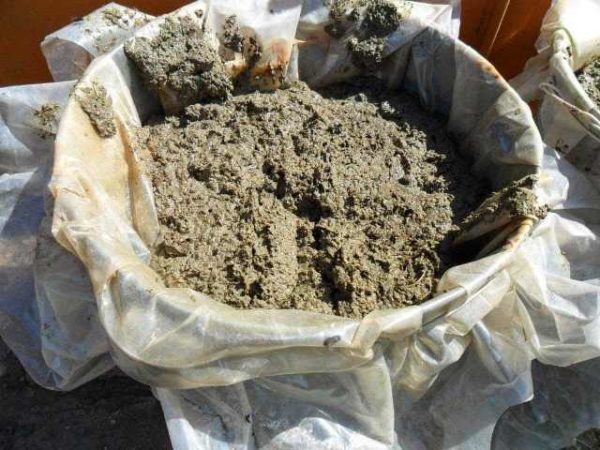
- Straw.
- Sawdust.
- Spruce needles.
- Spruce branches.
The next layer is laid with fresh manure approximately 8-12 cm, and the cut layer of greenhouse soil is poured on top, the entire greenhouse is watered and covered with plastic wrap. Such warmed ridges will help the plants to cope with spring frosts, so it is possible to plant tomatoes before.
Top dressing tomato organic fertilizers
Manure reduces the acidity of the soil due to the high content of calcium and magnesium, and potassium and magnesium are contained in the most suitable simple form for tomatoes. From manure, a large amount of carbon dioxide is released, which is necessary in the process of photosynthesis. Types of manure used for feeding tomatoes:
- Horse - the most suitable for culture, ideal for laying in greenhouses and greenhouses;
- Cow - is used for all types of soil, decomposes for a long time;
- Sheep and goat - is able to saturate the roots of plants with nutrients for a long time, the most effective.
- Pork - most often used in greenhouses, effective at the onset of spring.
- Rabbit is similar in action to the horse, but the difficulty arises in finding the right amount of fertilizer, as there are few large farms and farms.
- Chicken manure is extremely useful and saturated with potassium, magnesium, phosphoric acid. Fertilizing the soil once, for the next few years, making supplements is not required.
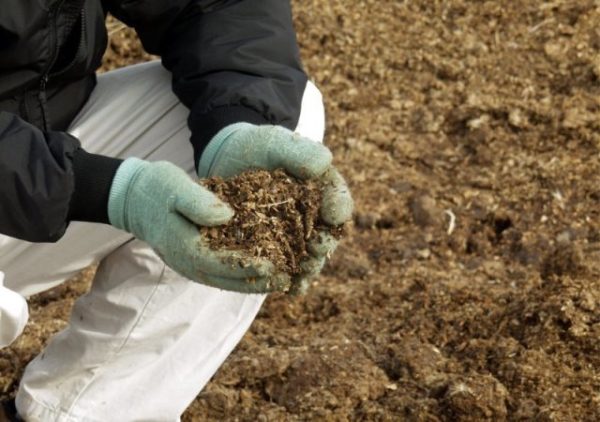
Terms of manure
The beginning of feeding of the culture is approximately 3 weeks after transplantation into the greenhouse or open ridge. A mullein is used for this purpose. 500 ml of mullein is combined with a bucket of water and 1 table spoon of nitrophoska. The resulting solution is watered each bush 500 ml each. The next feeding is done when another brush with flowers is formed, and the third - during the third flowering.
Tomatoes do not like:
- Too fertilized with organic fertilizer.
- More than 3-4 feedings.
- Urea is suitable only for spraying and never adds to the plant root.
Is it possible to feed vegetables with humus?
Chicken manure is several times better than cow manure in the content of many substances: nitrogen, phosphorus, magnesium, shoals, manganese, and zinc. Use only to feed after watering or rain, and the mixture can not be poured into the well.
But do not forget that in its pure fresh form to make it in any case not! Especially in the seedlings.
The advantages of making chicken humus for tomatoes and cucumbers:
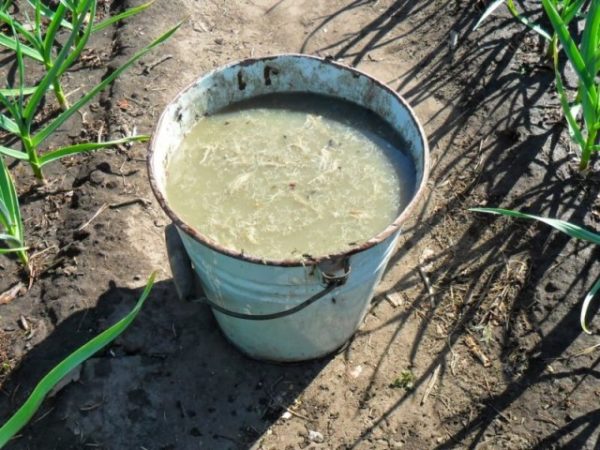
- No toxic substances.
- Long beneficial effect on the ground.
- Improves the qualitative composition of the soil.
- Accelerates the ripening of fruits.
- Reduces the acidity of the soil.
- Easy to use.
- Increases plant resistance to disease.
Use chicken fertilizer
- From fresh chicken excrement, you can prepare a liquid mixture for feeding. Use 1 part of dry matter or fresh manure per 20 liters of water, leave the mixture in the open air to evaporate urea, and after 10 days use it for its intended purpose: watering the rows between the seedlings.
- Compost pits are a very convenient way to get excellent fertilizer for laying the next harvest. The manure is mixed with the ground and placed on a grassy substrate or on harvested tops. The following year, compost mixed with straw, sawdust or peat is useful for feeding plants or as a bookmark in the greenhouse. The unpleasant smell of the compost pit can be removed by covering it with a layer of earth or straw.
- Infusions are prepared in the following proportions: dilute 1 liter of water and 1 liter of dry or fresh excrement and store for 2-5 days in a warm place for fermentation. After that, you can plant tomatoes and feed them immediately.Before feeding, the infusion is diluted with water at a ratio of 1:10. Infusion is stored for a long time, so it is possible to use such a concentrate the whole season
Chicken droppings are used for tomatoes at all stages of the life cycle: before planting, it is possible to use granulated and liquid. During active growth of plants used infusions.
Infusion is used twice per growth cycle:
- The first time it is made in 20 days after transplantation in the greenhouse.
- Repeat the procedure after 30-35 days.
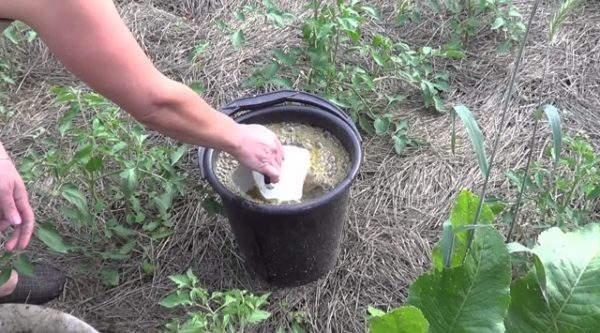
Dry litter is made in the autumn after harvesting all crops. It is moistened with water, evenly distributed over the entire surface of the soil, and then leveled with a rake and left until the spring thaw. During the winter, this fertilizer will perepret well, and from the beginning of spring, you can start digging the site.
Taking care of their health, more and more gardeners and plant growers choose natural, organic fertilizers. Observing all agrotechnical requirements, norms and terms of making the feeding you can get an excellent and tasty harvest every year!
